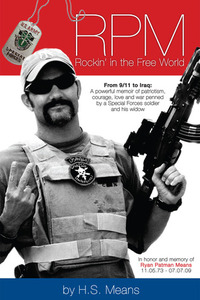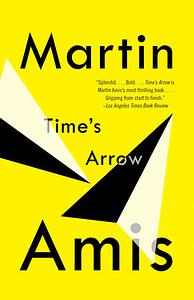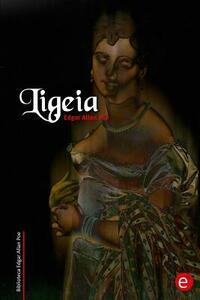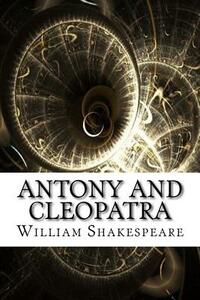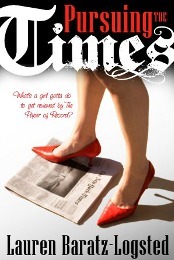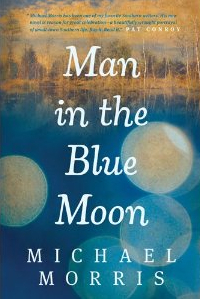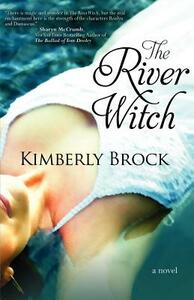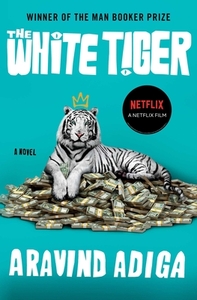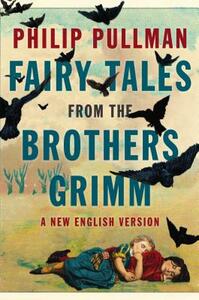Take a photo of a barcode or cover
writerrhiannon's Reviews (1.1k)
Martin Amis’s Time’s Arrow can essentially be classified as a novel about the Holocaust, yet Amis’s style sets it apart from other novels within this genre. Told backwards, the story begins with a Nazi doctor’s death and proceeds towards his birth. Amis employs an unnamed narrator to accompany his main character, Tod / Odilo / John / Hamilton. This alter ego is aware of Tod, but Tod is not aware of him. Through this narrator and the disjointed form of the novel, Amis applies his ergodic style by forcing the reader to become an active participant in the story. The reader’s relation to the confused narrator ensures continuation of reading. This style allows the reader to experience Tod’s guilt-driven abortions, the narrator’s confusion, and the schism between the two identities. This separation within the main character serves as Amis's commentary of the moral and ethical detachment required by Nazi doctors in order to cope with the atrocities they inflicted.
To read my full paper (A Soul's Schism) please visit: http://www.writerrhiannon.blogspot.com/2012/10/times-arrow.html
To read my full paper (A Soul's Schism) please visit: http://www.writerrhiannon.blogspot.com/2012/10/times-arrow.html
Poe gives a marriage true immortality in his short story “Ligeia.” Even death does not part these two. Ligeia’s husband loves her so intensely that his love is a form of worship. After her death, she lives on in his heart and mind. He continues his worship of her, builds her a shrine, and provides her with a human body to be reborn into. This parallels the underlying theme of idolatry throughout the story. The narrator’s love for his wife is so powerful that it enables Ligeia to be reborn, similar to the ancient Egyptian cycle of life, death, and rebirth.
To read my full paper, "The Goddess Ligeia" please visit:
http://www.writerrhiannon.blogspot.com/2012/10/the-goddess-ligeia.html
To read my full paper, "The Goddess Ligeia" please visit:
http://www.writerrhiannon.blogspot.com/2012/10/the-goddess-ligeia.html
The character Cleopatra, in William Shakespeare's “Antony and Cleopatra,” possesses a multitude of contradictions. Through constant clashes in speech and action, Shakespeare constructs a complex female character. Critic Anna Jameson refers to Cleopatra as “a brilliant antithesis—a compound of contradictions” (Quint 244). Jameson recognizes Shakespeare's “deep meaning and wonderous [sic] skill in the apparent enigma” of Cleopatra (244). Shakespeare remediates the stories of Plutarch and Genesis to give agency to his character. Through appropriation Shakespeare shapes his “literary forbears to new uses, enhancing,extending, or critiquing the meaning of the primary text” (Savu 22). Through remediation, Shakespeare emphasizes Cleopatra's sexual power, and shifts the image of the snake from a male to a female symbol of power, in order to give agency to Cleopatra in her suicide.
To read my paper "Remediating Cleopatra" visit:
http://writerrhiannon.blogspot.com/2012/12/antony-and-cleopatra.html
To read my paper "Remediating Cleopatra" visit:
http://writerrhiannon.blogspot.com/2012/12/antony-and-cleopatra.html
Mercury Lauren is frustrated with the injustice of genre classification. She will tell you that she writes satire...which is generally categorized as chick-lit. Voicing the opinion of many women authors, Mercury repeatedly points out the unfairness of "classifying any book by women or about women" as chick-lit.
Read my full review at
http://www.ivoryowlreviews.blogspot.com/2013/01/pursuing-times-by-lauren-baratz-logsted.html?m=1
When I first had the pleasure of hearing Michael Morris describe his new book, I was skeptical. Healers, the Garden of Eden, a man in a box, drug addicts, drunks, murder, magic waters, conspiracies....I thought "How in the world is he going to pull this off"? I should kick myself. Not only does he "pull it off" but he manages to get the reader so involved in the characters and the town that I found myself thinking about the story anytime I took a break. While it was definitely hard to put the book down, the laundry doesn't wash itself. I cheered for Ella and wondered about Lanier. I wanted to give Myer Simpson a tongue lashing and I wanted to...well, what should I say about Clive Gillespie?
To read my entire review check out
http://www.ivoryowlreviews.blogspot.com/2012/11/man-in-blue-moon.html?m=1
To read my entire review check out
http://www.ivoryowlreviews.blogspot.com/2012/11/man-in-blue-moon.html?m=1
Remember when you first read Harper Lee, Flannery O’Connor or Terry Kay? Prepare to feel that way again when you experience Kimberly Brock’s “The River Witch.” In a recipe as perfect as Granny’s biscuits, “The River Witch” provides everything you love about Southern fiction with an edge of Southern Gothic. Family, faith and resentment mix with love and loss, broken bodies and souls, and a stranger in a strange place. Add to this mix some mythology, fable and folktale and you will find a story that stays with you long after the final page.
Check out my full review on my blog:
http://www.ivoryowlreviews.blogspot.com/2012/10/the-river-witch.html
Check out my full review on my blog:
http://www.ivoryowlreviews.blogspot.com/2012/10/the-river-witch.html
Balram Halwai divulges all his secrets in a letter he writes over the course of seven nights. His letter includes full descriptions of "the two Indias" and how he has grown from a boyhood in the Darkness to an entrepreneur in the Light. He divulges all of his secrets. Hit and run accidents, blackmail, prostitution, politics, religion, and every other situation that so clearly divides a society.
For my entire review, go here:
http://www.ivoryowlreviews.blogspot.com/2012/10/the-white-tiger.html?m=1
For my entire review, go here:
http://www.ivoryowlreviews.blogspot.com/2012/10/the-white-tiger.html?m=1

